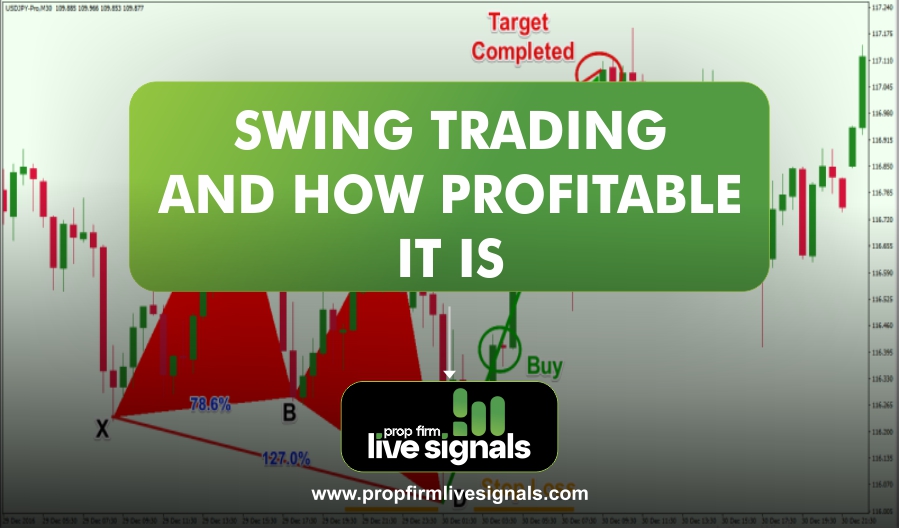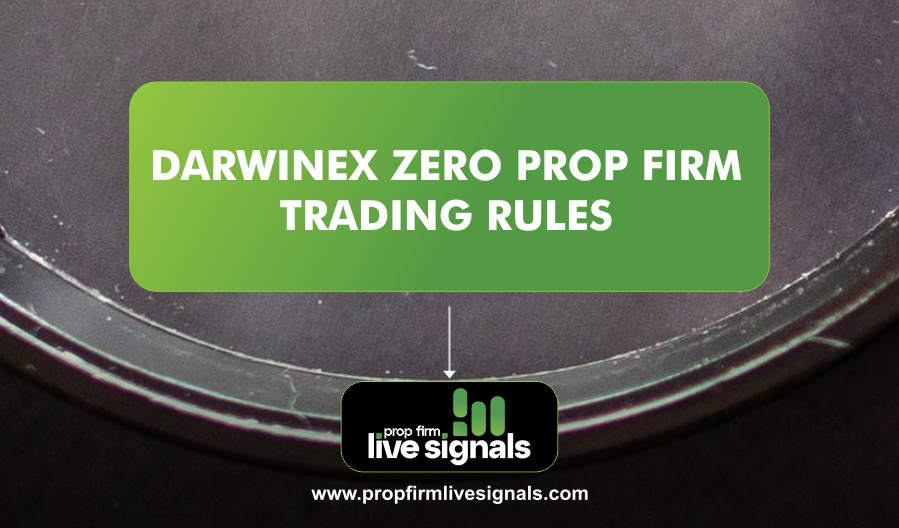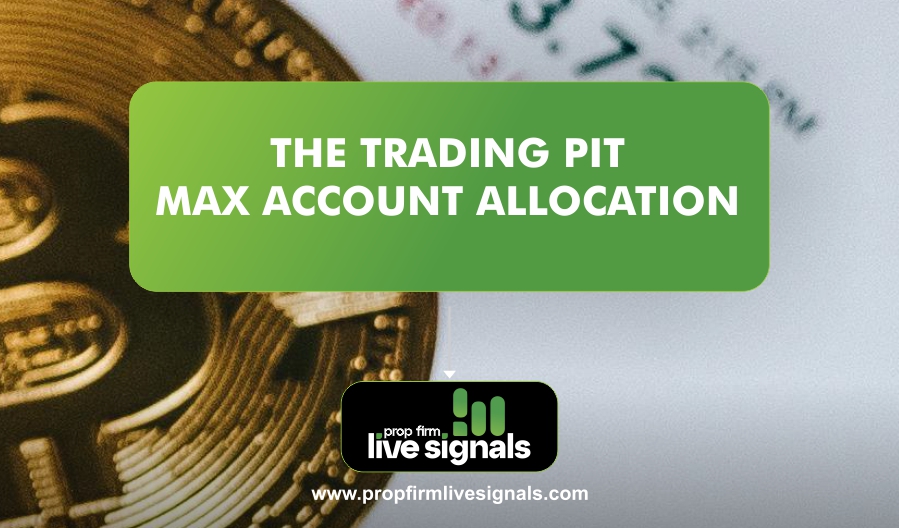What is Swing Trading?
Swing trading is a strategy where traders aim to profit from short- to medium-term price movements of financial instruments such as stocks, forex, and cryptocurrencies. The goal is to capitalize on price “swings” in an uptrend or downtrend.
Key Characteristics of Swing Trading:
- Holding Period: Trades are held for several days to weeks.
- Technical Analysis: Traders rely heavily on technical analysis tools like moving averages, candlestick patterns, support and resistance levels, and momentum indicators.
- Risk and Reward Ratio: Swing traders aim for a favorable risk-to-reward ratio, often targeting a 2:1 or 3:1 reward per trade.
- Market Trends: Swing traders look for trends and take positions based on market direction.
- Lower Stress Compared to Day Trading: Unlike day traders who monitor the market continuously, swing traders only need to check price movements a few times a day.
How Does Swing Trading Work?
Swing trading involves identifying trading opportunities using technical and fundamental analysis. Traders typically follow these steps:
Step 1: Identifying the Trend
Swing traders first analyze market trends to determine whether an asset is in an uptrend (bullish) or downtrend (bearish). This is done using trendlines, moving averages, and chart patterns.
Step 2: Finding Entry Points
Once the trend is identified, traders look for ideal entry points. Common techniques include:
- Support and Resistance Levels: Buying at support levels and selling at resistance levels.
- Candlestick Patterns: Patterns like Doji, Hammer, and Engulfing Candles help traders make informed decisions.
- Indicators: Tools like the Relative Strength Index (RSI), Moving Average Convergence Divergence (MACD), and Bollinger Bands help confirm entry signals.
Step 3: Setting Stop-Loss and Take-Profit Targets
Risk management is crucial in swing trading. Traders set:
- Stop-loss orders to minimize losses in case the trade goes against them.
- Take-profit levels to lock in gains once the target is reached.
Step 4: Executing the Trade
Traders place their buy or sell orders based on their analysis. They monitor price movements periodically and make adjustments if necessary.
Step 5: Exiting the Trade
A trade is exited when the price hits the take-profit level, stop-loss level, or when market conditions change.
How Profitable is Swing Trading?
Swing trading can be highly profitable if done correctly. The profitability depends on:
- Market Conditions: Swing traders thrive in volatile and trending markets.
- Trading Skills and Experience: Traders with strong analytical skills and discipline tend to be more successful.
- Risk Management: Effective stop-loss and position-sizing strategies protect profits and minimize losses.
- Capital Investment: Larger capital allows traders to manage risk effectively and maximize returns.
- Consistency: Profits accumulate over time if trades are executed with a consistent strategy.
Example of Swing Trading Profit Calculation
Assume a trader buys a stock at $50 and sets a take-profit at $60 and a stop-loss at $48. If the stock hits the take-profit level, the profit is $10 per share. If the stop-loss is triggered, the loss is $2 per share. With proper risk management, swing traders aim for multiple winning trades to offset any losses.
Research and Expert Analysis on Swing Trading Profitability
According to a 2022 study published by the Journal of Financial Markets, swing trading strategies can generate annualized returns ranging from 15% to 30%, depending on market conditions and risk tolerance (Smith & Johnson, 2022). Another report from Investopedia notes that disciplined swing traders with effective risk management can achieve consistent returns above market averages (Brown, 2023).
Case Studies and Historical Examples
To further explore swing trading profitability, let’s analyze two case studies:
- Tesla (TSLA) Swing Trading Example:
- A trader buys TSLA stock at $650 and sells at $750 within two weeks based on technical analysis, making a 15% return.
- The same stock later dips to $700, and another swing trade captures another 10% movement upward.
- Bitcoin (BTC) Swing Trading Example:
- A swing trader buys BTC at $40,000 and sells at $46,000, making a 15% profit in a few weeks.
- Another pullback to $42,000 allows a new trade for another 10% gain.
These examples demonstrate how profitable swing trading can be when market conditions align with strategies.
Advantages and Disadvantages of Swing Trading
Advantages
- Less Time-Consuming: Traders do not need to monitor the market constantly.
- Higher Potential Returns: Swing trading captures significant price movements compared to day trading.
- Flexibility: It can be done part-time, making it ideal for those with other commitments.
- Lower Transaction Costs: Since trades are held for days or weeks, traders incur fewer transaction fees compared to frequent day trading.
Disadvantages
- Market Risks: Holding positions overnight exposes traders to gap risks (sudden price jumps or drops).
- Requires Discipline: Successful swing trading requires patience and adherence to a strategy.
- Emotional Stress: Price fluctuations can cause anxiety, leading to impulsive decisions.
- Not Suitable for All Assets: Some stocks and financial instruments are too volatile or illiquid for swing trading.
Conclusion
Swing trading is a strategic approach to profiting from short- to medium-term market movements. It provides an alternative to day trading and long-term investing, offering traders flexibility and opportunities for substantial returns. While swing trading can be highly profitable, success requires thorough market analysis, disciplined execution, and effective risk management. By leveraging technical indicators, chart patterns, and fundamental insights, traders can maximize their chances of making consistent gains. However, like any trading strategy, swing trading comes with inherent risks, and it is crucial to have a well-defined plan to navigate market volatility. Aspiring swing traders should invest time in learning, practicing with simulated accounts, and continuously refining their strategies to enhance profitability and mitigate risks.
Frequently Asked Questions (FAQs)
Is swing trading better than day trading?
Swing trading is less stressful and requires less screen time than day trading. However, it involves holding positions overnight, which carries some risks.
Can beginners start swing trading?
Yes, beginners can start swing trading with proper education, practice, and a solid trading plan.
How much money do I need to start swing trading?
It depends on the asset class. In stocks, a minimum of $2,000 to $5,000 is recommended for effective risk management.
What are the best indicators for swing trading?
Popular indicators include RSI, MACD, Bollinger Bands, Moving Averages, and Fibonacci retracements.
Is swing trading profitable in the long run?
Yes, swing trading can be profitable with consistency, discipline, and proper risk management.




